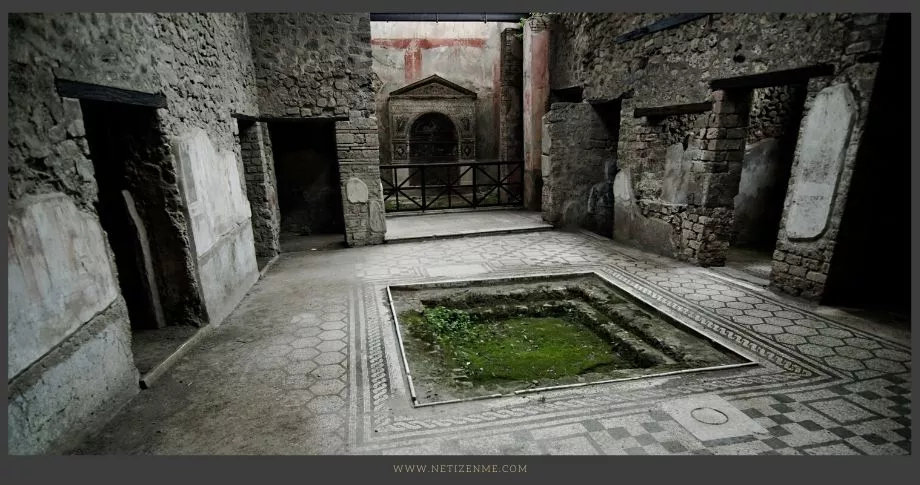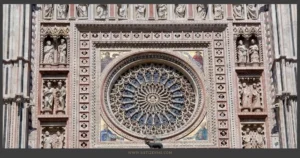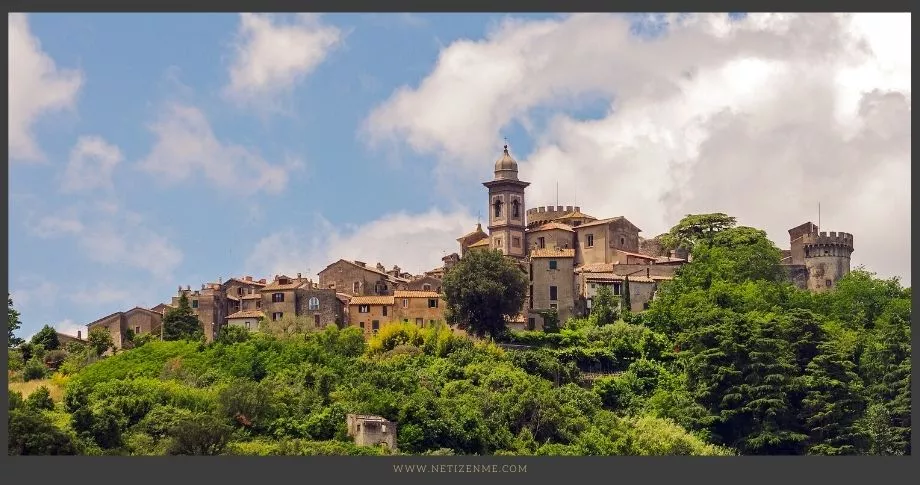
Housing and Homes in Ancient Rome
The ancient Romans had a unique way of constructing their homes and public buildings. They used a technique called opus caementicium, which involved pouring concrete into moldings set into the walls. This made for sturdy and long-lasting structures. The homes of the wealthy were often large and luxurious, with marble floors and frescoed walls. Poor Roman citizens lived in much simpler dwellings, often just one room with a dirt floor. What are the 3 type of dwellings of the Romans?
Due to the tragic volcano eruption of Mount Vesuvius in 79 A.D, we can glance at houses in Pompei and gain some insight into Roman housing styles.
Ancient Roman architecture adopted the external language of classical Greek architecture for the purposes of the ancient Romans, but was different from Greek buildings, becoming a new architectural style.
The two styles are often considered one body of classical architecture. Roman architecture flourished in the Roman Republic and even more so under the Empire when the great majority of surviving buildings were constructed. It used new materials, particularly Roman concrete, and newer technologies such as the arch and the dome to make buildings that were typically strong and well-engineered.
Large numbers remain in some form across the empire, sometimes complete and still in use to this day.
Wikipedia
What are the three main types of housing in Ancient Rome?
Insulae
Roman civilians lived as a nuclear family, and the vast majority were the commoners with lower incomes. They lived in a housing complex called Insulae, which functioned like an apartment complex. An Insulae was built around a courtyard that had six or seven apartments. The yard was used for cooking and other activities. According to Lockey (2009), Those houses were tower blocks with hazardous, less space, no water or heating, and overcrowded conditions.
An insulae could be as tall as six stories and might house more than 20 families. Each family had its own room, but there were no kitchens or bathrooms. Families would share a common kitchen and bathroom located on another floor of the building. The ground floor was usually used for shops or storage, while the upper floors were for living quarters.
In Roman architecture, an insula (Latin for “island”, plural insulae) was one of two things: either a kind of apartment building, or a city block.
Wikipedia
The poor lived outside the city limits had small villages or farms. And those houses were built with stone structures. Poor Roman citizens lived in much simpler dwellings, often just one room with a dirt floor.
Read more about the working-class citizens of Rome.
Domus
The rich lived in much more significant and comfortable houses compared to Insulates. These single-family houses were called Domus, which accommodated many rooms for various purposes and a courtyard. The homes of the wealthy were often large and luxurious, with marble floors and frescoed walls and the houses were decorated with wall paintings. They also showcased sculptures and bronze statues in their homes (Lockey, 2009). They often had several rooms, including a kitchen, dining room, and several bedrooms.
In ancient Rome, the domus (plural domūs, genitive domūs or domī) was the type of house occupied by the upper classes and some wealthy freedmen during the Republican and Imperial eras. It was found in almost all the major cities throughout the Roman territories.
Wikipedia

Villa
Some elite members of the society also owned Villas. These were rural retreat houses with much larger spaces. A villa was a large country house in ancient Rome. The richest citizens would have had several villas, which they used as country homes. The villas were usually built with a central courtyard, gardens, and hedges for privacy. They were often located near Roman towns so that the owners could easily commute to work or go into town for leisure activities.
A surviving example of a villa is Villa Adriana, which is a UNESCO World Heritage Site today.
A Roman villa was typically a country house for wealthy people built in the Roman Republic and the Roman Empire.
Wikipedia
Some other ruins of Roman villas we can see today:
- Hadrian’s Villa at Tivoli, Italy
- Villa Armira near Ivaylovgrad, Bulgaria
- House of Antiope at the Museum of Mosaics in Devnya, Bulgaria
- Fishbourne Roman Palace and Bignor Roman Villa in West Sussex, England
- Lullingstone Roman Villa in Kent, England
- Villa Romana del Casale in Piazza Armerina, Sicily, Italy
- Chedworth Roman Villa in Gloucestershire
- Littlecote Roman Villa in Wiltshire
- Villa Rumana in Żejtun, Malta
- Villa of the Mysteries, Pompeii
- House of Menander, Pompeii
- Pliny’s Comedy and Tragedy villas, Lake Como, Italy
- La Olmeda Roman Villa in Palencia, Spain
- Roman Villa Borg, Germany
Read more about Slavery in the Archaic Roman History
What are the styles of architecture in Roman architecture?
There are several different styles of architecture in Roman architecture. The most common style is the Doric order, which is characterized by its simple, column-like appearance. The Doric order was used in many of the earliest Roman buildings. Another popular style is the Corinthian order, which is characterized by its more ornate and decorated appearance. The Corinthian order was used in many of the later Roman buildings.
Roman Domestic architecture
The Roman domestic architecture was based on the use of space and light. The Roman style of domestic architecture was based on the needs of the family. The atrium was the central room of the house which served as a reception room, and it was usually open to the sky. This allowed for a lot of natural light to enter the house. The atrium was also used for storage and as a place to receive guests. Off the atrium were the other rooms of the house, including the bedrooms, kitchen, and bathroom. The walls were often decorated with paintings or mosaics. Bedrooms were located off of the atrium, and they were usually small and simple. The kitchen was usually located in the back of the house, and it was often separate from the main living area.
The Roman domestic architecture was varied, depending on the wealth and status of the homeowners.
Read more about Roman Housing Styles:
Lockey, I. “Roman Housing.” In Heilbrunn Timeline of Art History. New York: The Metropolitan Museum of Art, 2000–. (February 2009)
- Should We View the Western Roman Empire as a Success or a Failure?

- The Hellenization of the Roman Aristocracy

- The Negative Effects of The Roman Conquests

This article is written by:
Our professional writers and editors are passionate about sharing high-quality information and insights with our audience. We conduct diligent research, maintain fact-checking protocols, and prioritize accuracy and integrity to the best of our capacity.
You can cite our articles under the author name "Netizenme"









